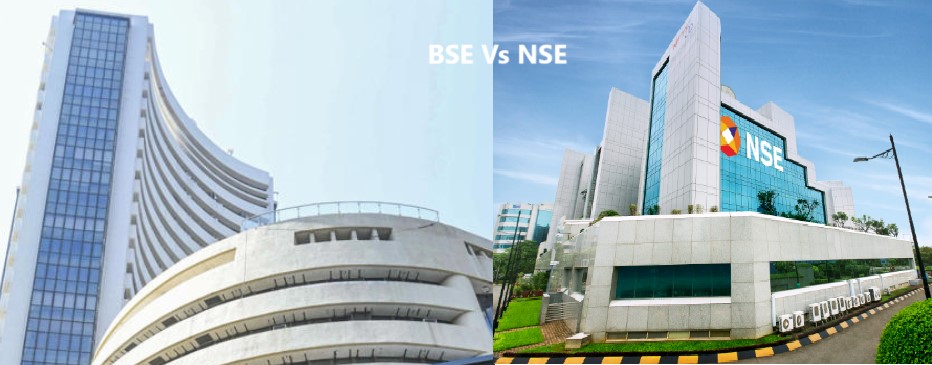
(Photo : BTIN)
- The Indian stock market saw a surge led by ICICI Bank and BPCL, with the Sensex and Nifty trading higher.
- Despite more stocks trading in the red, sectoral gains kept the overall sentiment positive.
- Global trends and divergent investment patterns influenced the market's performance.
- The market outlook is cautious, with focus on corporate earnings, global cues, and investor activity.
The Indian stock market started the week on a high note on Monday, October 28, 2024, with ICICI Bank and BPCL leading the charge. The surge was driven by buying activity in sectors such as auto, IT, PSU bank, and pharma, which pushed both the Sensex and Nifty higher.
The Sensex was trading at 79,675.78 after gaining 273.49 points or 0.34 percent, while the Nifty was trading at 24,255.15 after climbing 74.35 points or 0.31 percent.
The market trend was mixed, with more stocks trading in the red than in the green. On the National Stock Exchange (NSE), 1003 stocks were trading in green, while 1,124 stocks were trading in red. Despite this, the overall sentiment was positive due to sectoral gains.
The Nifty Bank was at 51,103.35 after rising 315.90 points or 0.62 percent. The Nifty Midcap 100 index was trading at 55,385.65 after gaining 107.70 points or 0.19 percent. At the same time, the Nifty Smallcap 100 index was at 17,873.55 after gaining 25.65 points or 0.14 percent.
Among the companies, ICICI Bank, SBI, NTPC, Tata Motors, Bajaj Finserv, Infosys, Asian Paints, and Sun Pharma were the top gainers in the Sensex pack. On the other hand, L&T, ITC, Tech Mahindra, JSW Steel, Power Grid, and Bharti Airtel were the top losers.
In the Nifty pack, ICICI Bank, BPCL, Asian Paints, Nestle India, and Sun Pharma were the top gainers, while JSW Steel, L&T, Apollo Hospital, Tata Steel, and Trent were the top losers.
Global Influence and Market Predictions
The market's performance was also influenced by global trends. In Asian markets, Jakarta, Hong Kong, and Bangkok were trading in the red, while Tokyo, Shanghai, and Seoul were trading in green.
The US stock market had closed in the red on the previous trading day. Market experts suggested that after a positive opening, the Nifty could find support at 24,150, followed by 24,050 and 23,900. On the higher side, 24,300 could be an immediate resistance, followed by 24,400 and 24,500.
The charts of Bank Nifty indicated that it might get support at 50,600, followed by 50,400 and 50,200. If the index advances further, 51,000 would be the initial key resistance, followed by 51,200 and 51,400.
Foreign institutional investors (FIIs) sold equities worth Rs 3,036 crore on October 25, while domestic institutional investors bought equities worth Rs 4,159 crore on the same day. This divergent investment pattern, with DIIs supporting the market while FIIs were withdrawing funds, could have influenced the market sentiment. The DIIs' positive stance potentially mitigated the impact of FII outflows.
Market Outlook and Historical Similarities
The market outlook for the week depended on the next set of July-September quarter results, the scheduled monthly derivatives expiry, FII activities, geopolitical tensions, the US Presidential election polls, and global and domestic macroeconomic data. Market experts suggested that these factors would be key triggers for the Nifty 50 and Sensex.
The outlook seemed to be cautious but with a focus on corporate earnings and global cues, indicating that market movements would depend on both domestic fundamentals and international events.
This positive opening of the Indian stock market on October 28, 2024, is reminiscent of similar events in the past where sectoral gains have lifted the indices. For instance, in the past, the IT sector has often led the gains due to its strong connection with the US market.
As the US Presidential Election 2024 approached, investors were assessing the potential effects on the IT sector. Major Indian IT players such as TCS, Infosys, Wipro, HCL Technologies, and Tech Mahindra generate more than half of their income from the US. Changes in the US economy can have a direct effect on the revenues and growth opportunities of these firms.
The market's performance in the week ahead is expected to be influenced by a range of factors, including corporate earnings, global cues, and investor activity.









